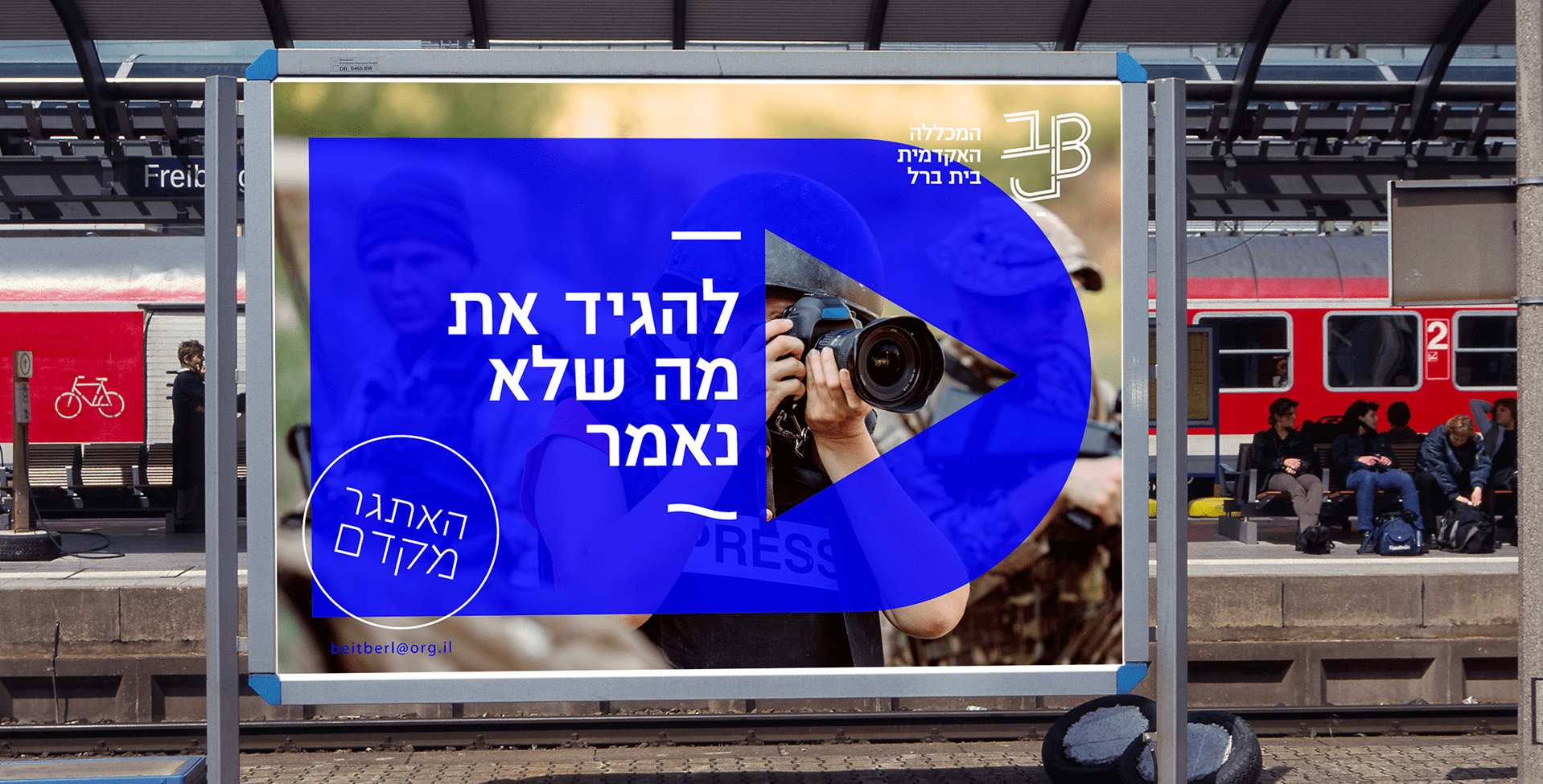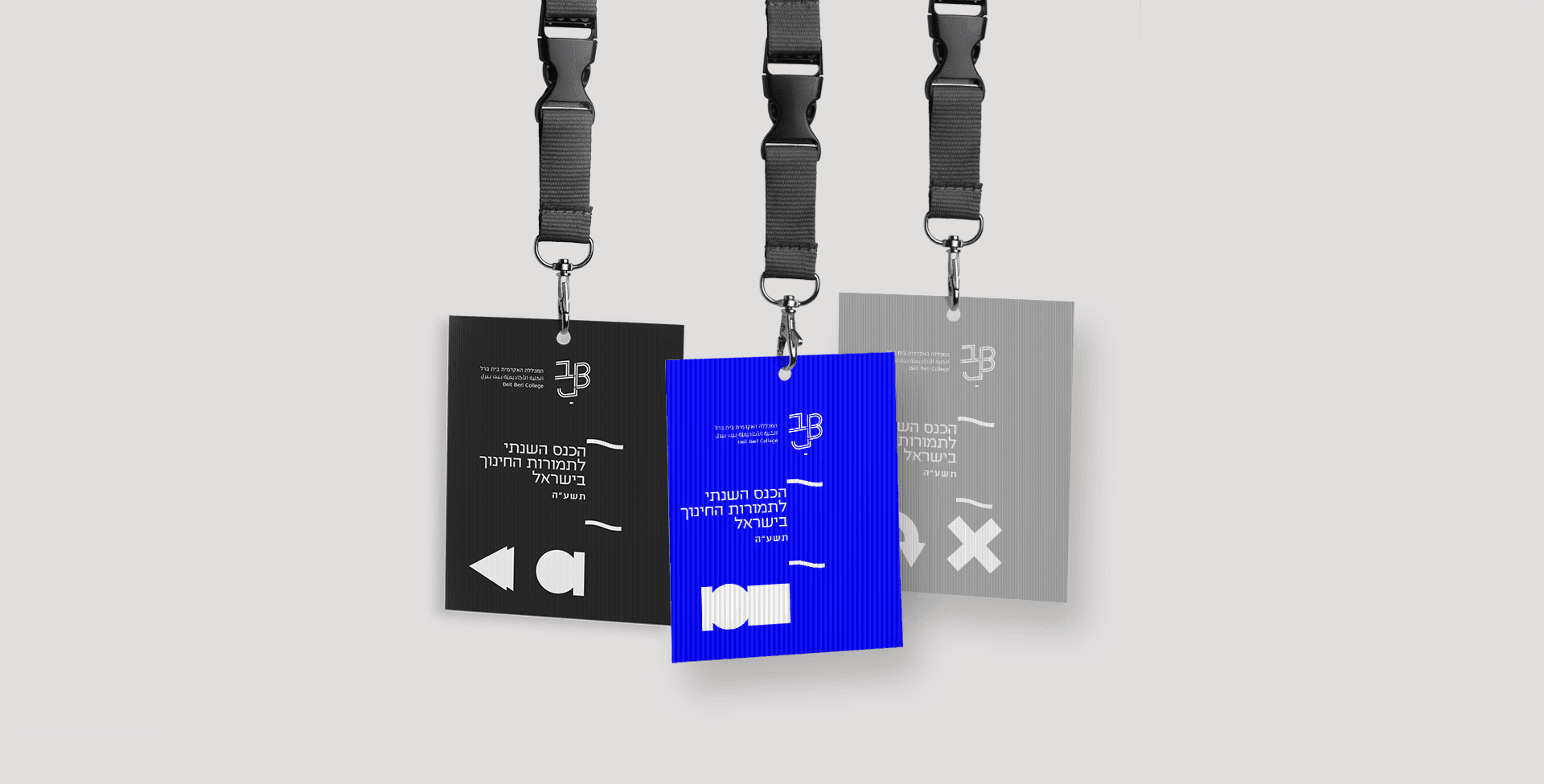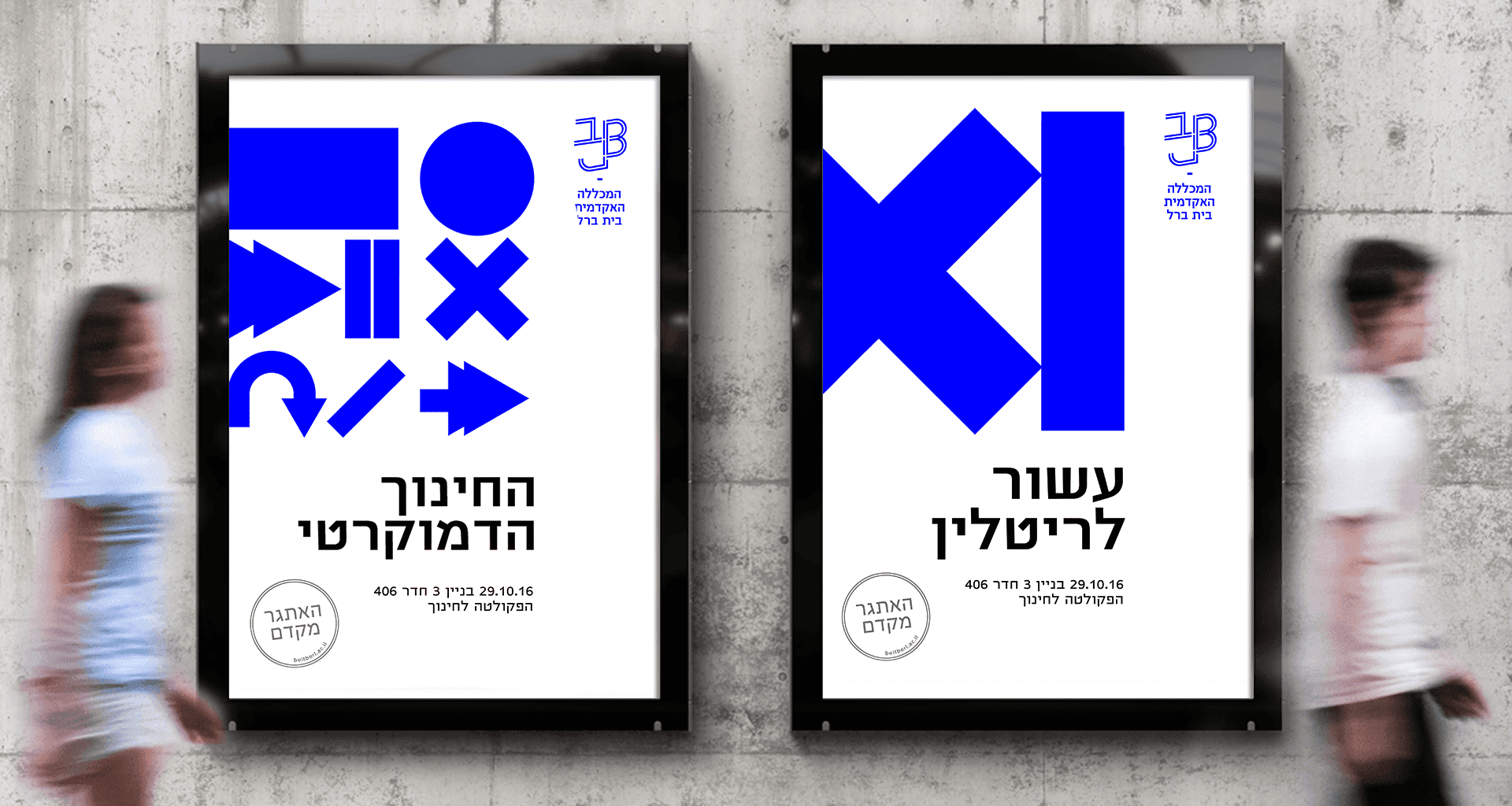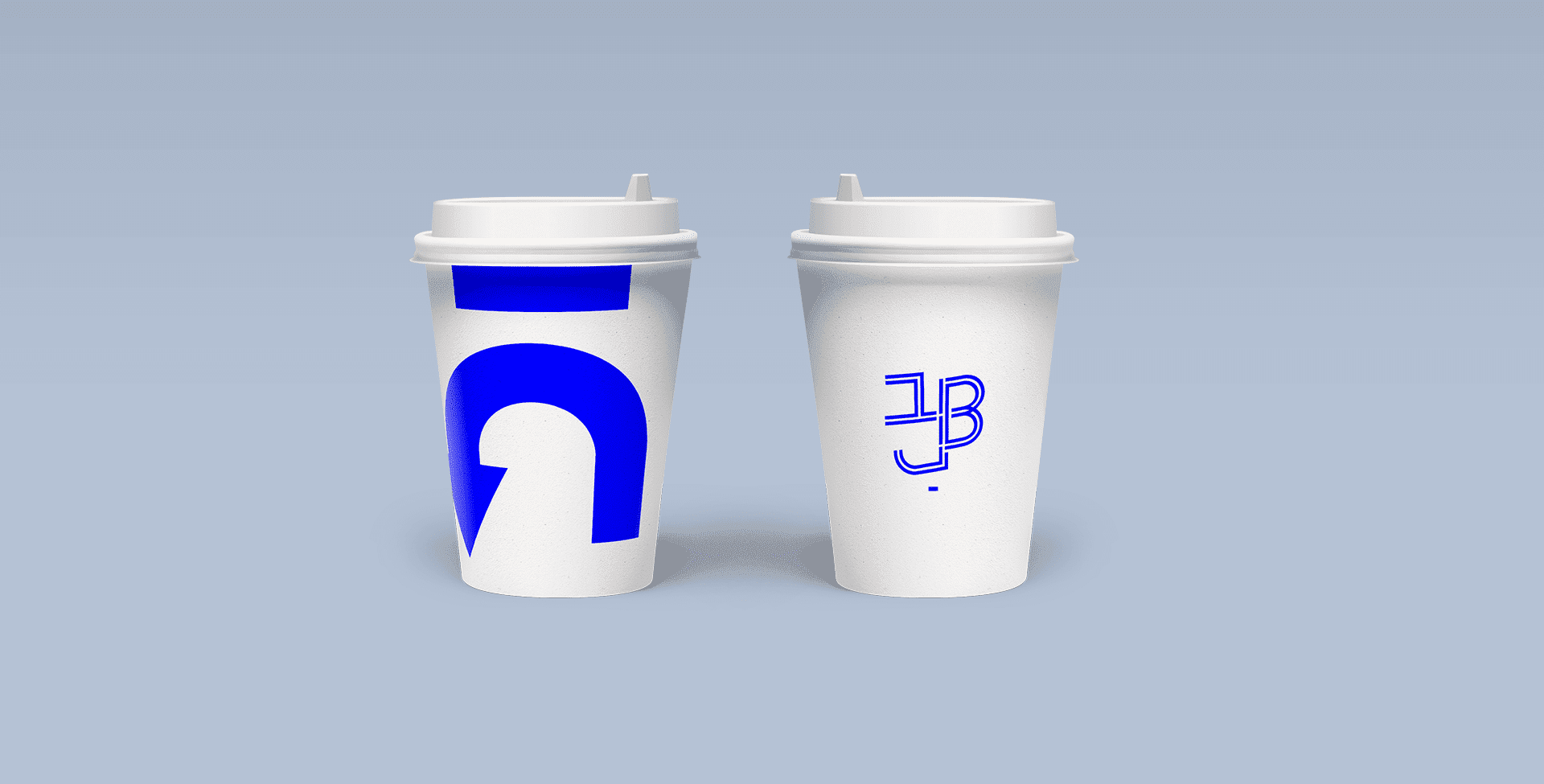

Client
Beit Berl
Industry
Education
Skills
Brand_Strategy | Visual_Identity | Environmental_design
An Educational Evolution
Beit Berl has gone through enormous change over the last decade. It started out as a school of education for teachers, but in recent years it transformed itself into a multi-disciplinary academic institution with departments in education, art, and the humanities.

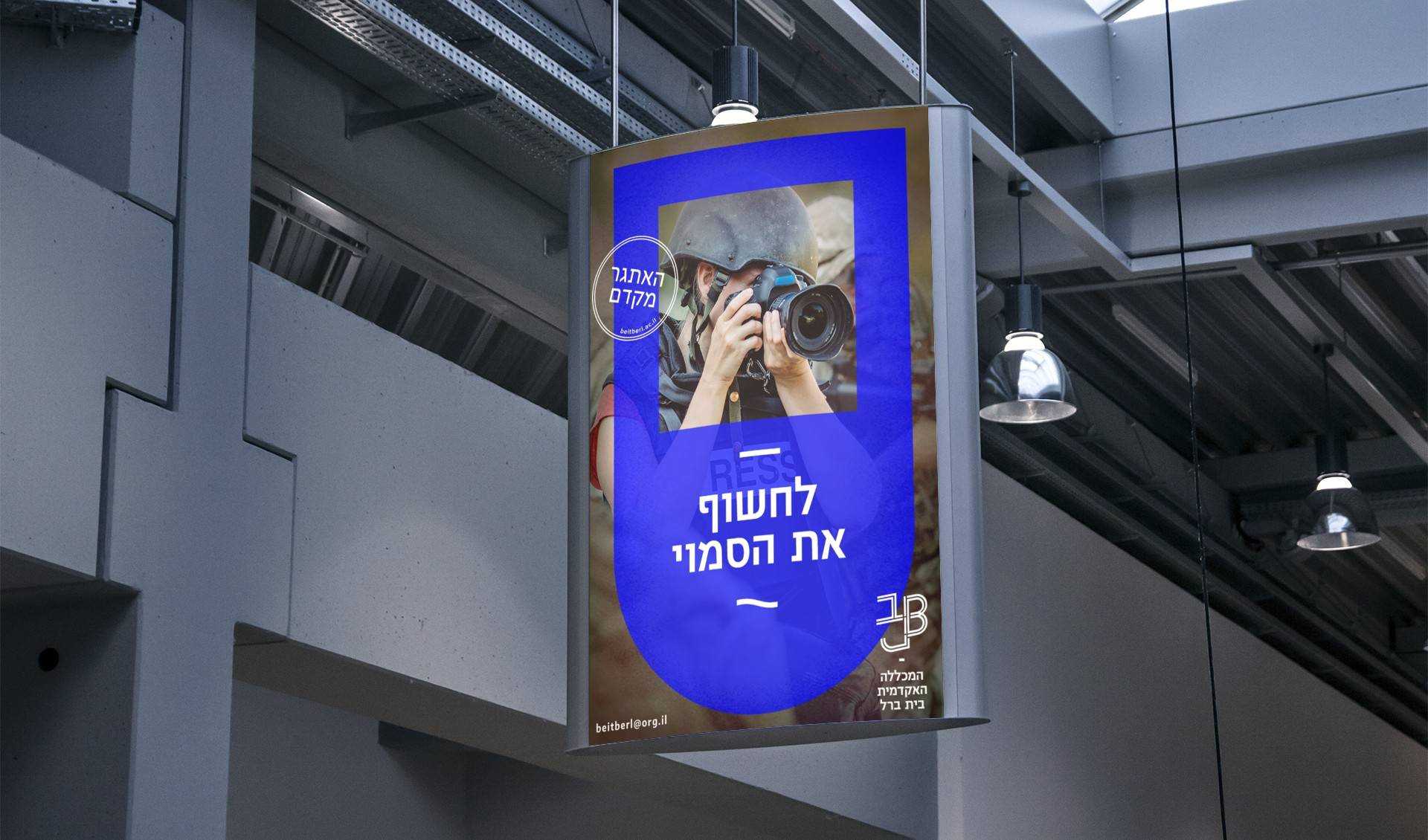
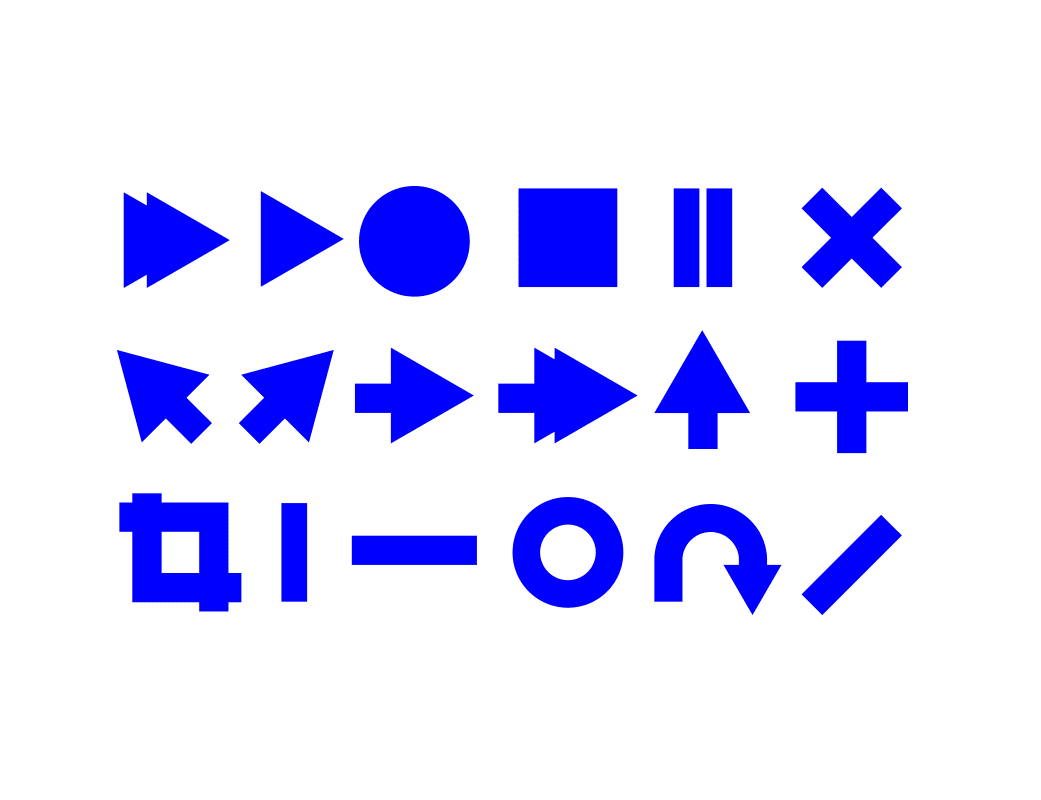
Ambition to Advance Equality
Our strategic research indicated that despite this process, Beit Berl’s unique character hadn’t changed: education remained at its core. What had changed was the institution’s lofty ambition to not just train teachers, but also to use education to advance equality and tolerance in Israel, and to influence society worldwide.
Embracing Diversity
There’s good reason for this: Beit Berl is diverse, just like broader Israeli society. Beit Berl’s student body includes Arabs and Jews, and the secular and ultra-religious. But unlike some Israeli academic institutions which avoid these differences, Beit Berl embraces them. The college believes that this challenge is actually an opportunity for growth: progress is achieved only through a sober, honest, and informed dialogue.
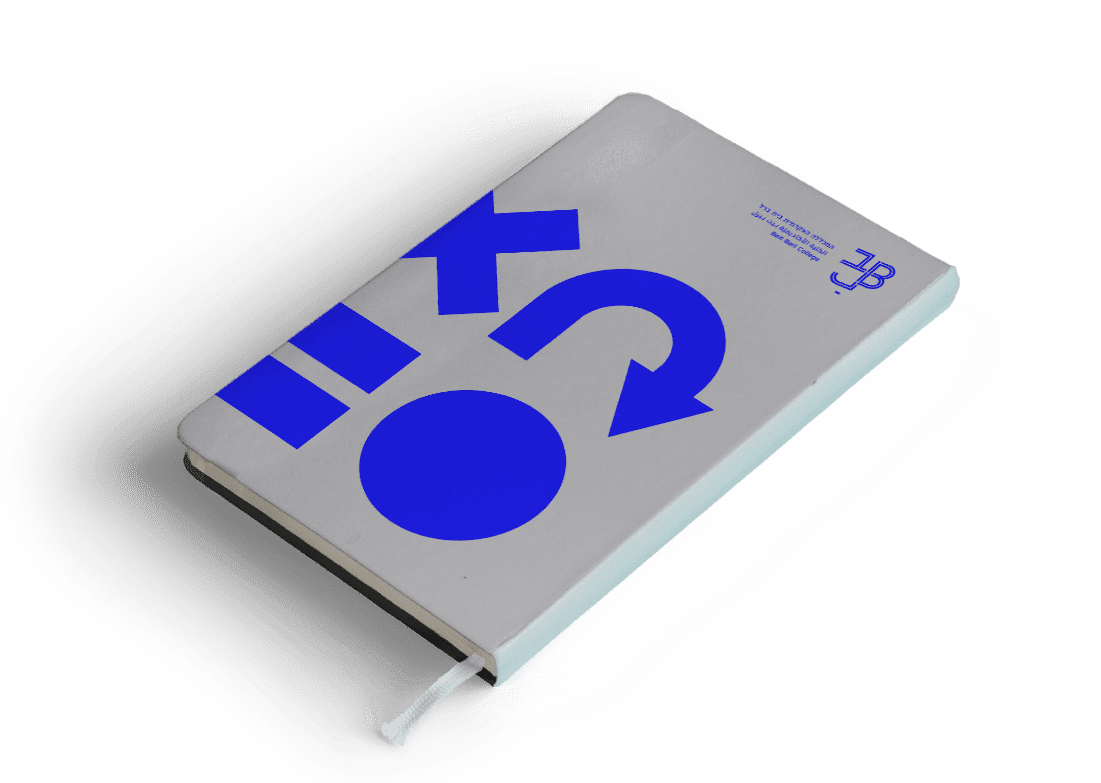
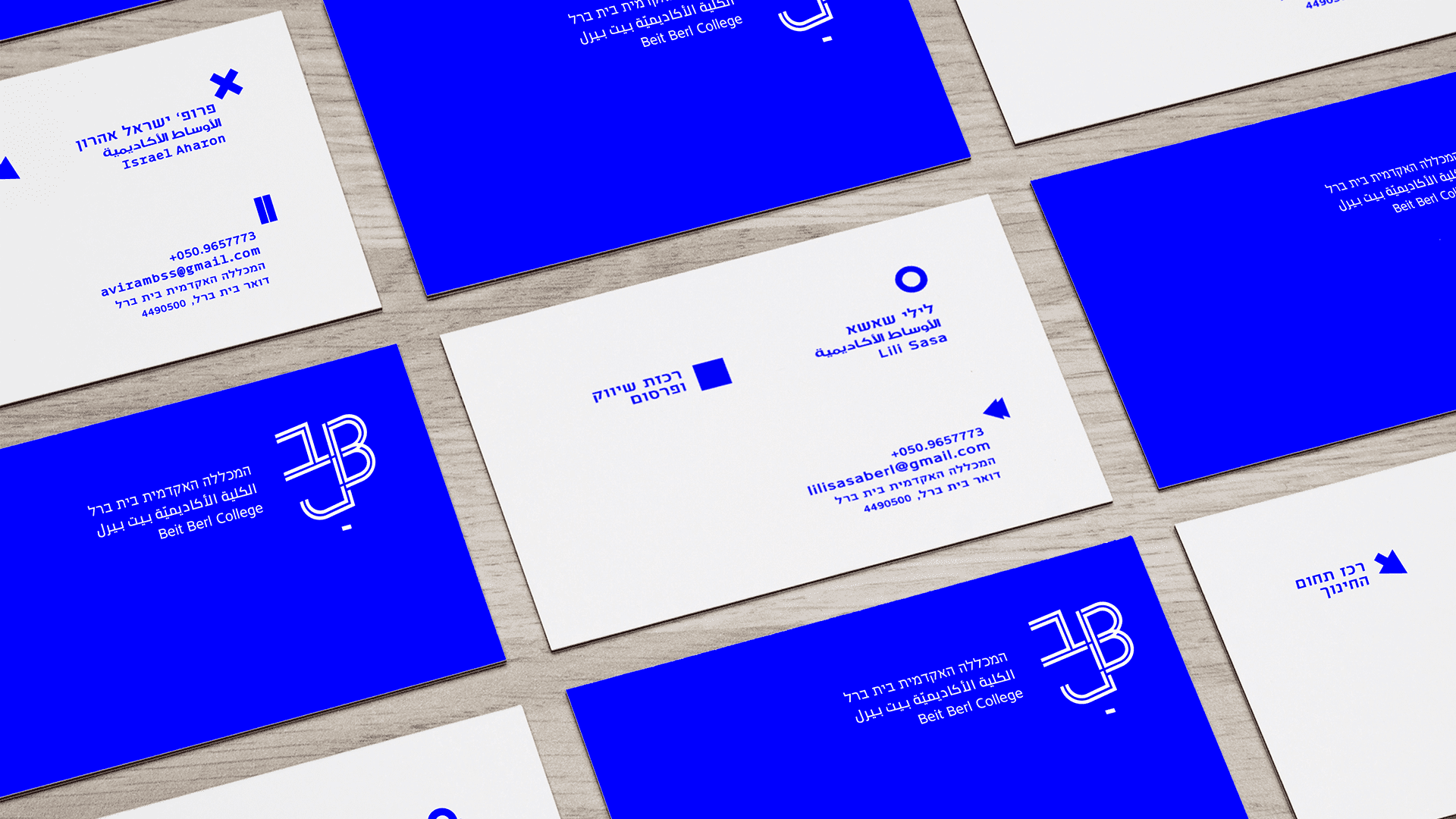
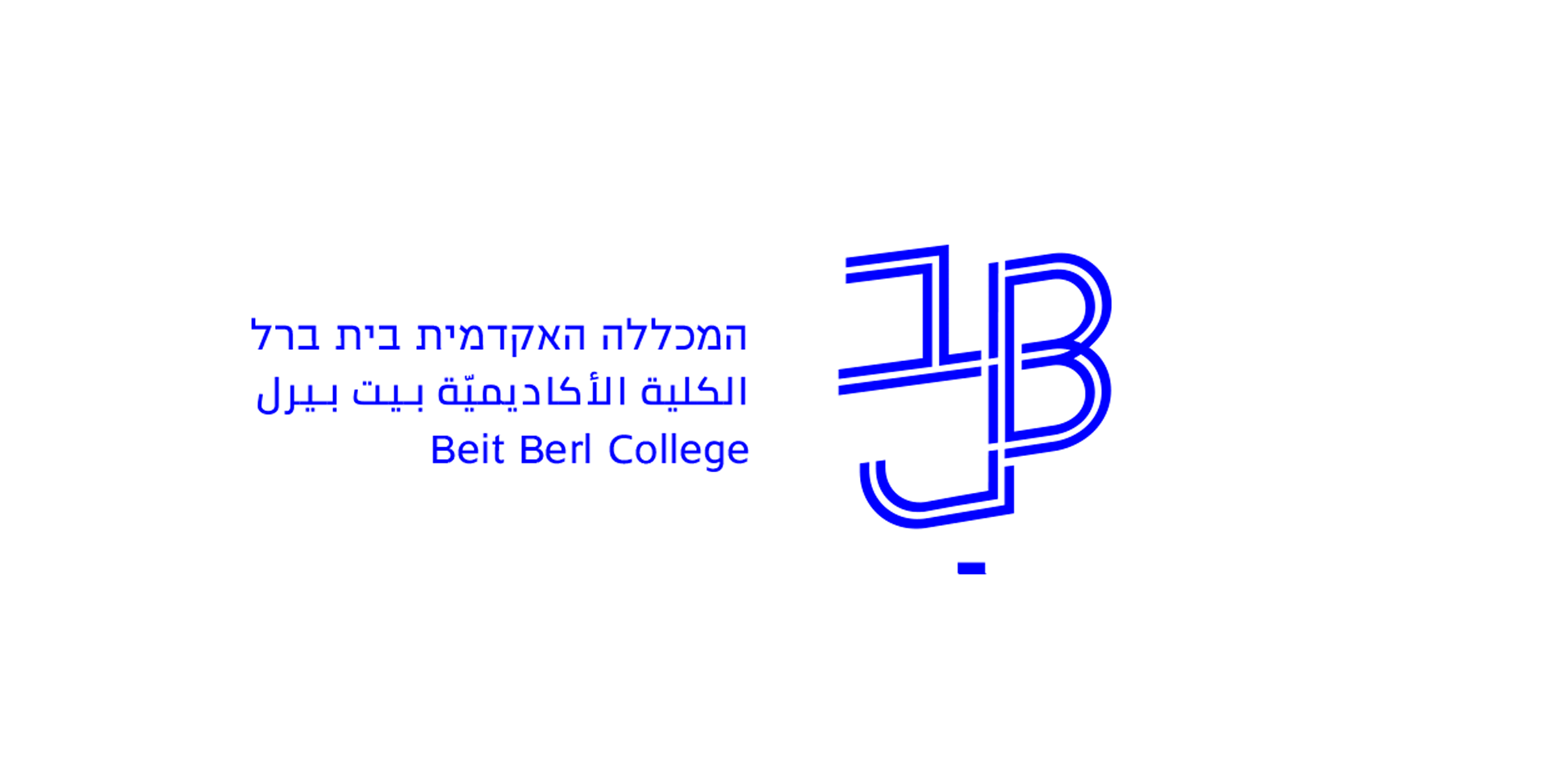
A Mission to Make an Impact
The branding process framed Beit Berl as higher education in the service of broader society — a college which considers its mission to advance academic excellence in order to make a positive impact. By embracing the challenge of promoting co-existence among a diverse student body, Beit Berl’s graduates can help make their communities more tolerant, pluralistic and cohesive. Beit Berl’s redesigned logo became a meeting point for Hebrew, Arabic, and English letters, in the colors of the Israeli flag. The combination creates a sense of harmony and stability — and symbolizes the multicultural values that the college promotes.
Though the college is diverse, it is also inclusive: not just people interested in a career in education, but anyone who wants to intermingle, study, examine, and create — and then go out into society to make an impact. The components of the visual language are inspired by video editing symbols, which motivate us to take action and make a change. A journalistic theme was selected for the photographic language in order to display genuine moments of everyday life and real social situations which require action.


